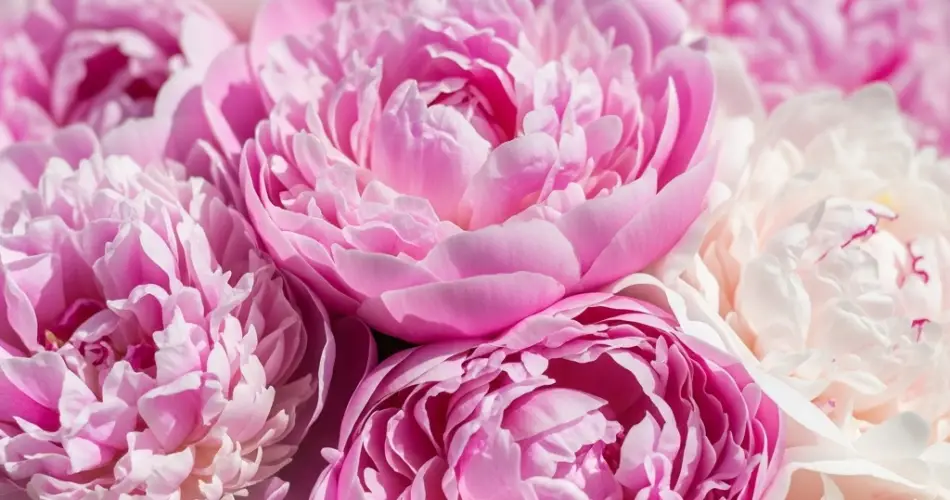Peonies are prized for their large, lush blooms and are a staple in many perennial gardens. While they’re relatively low-maintenance, proper fertilization is one of the key factors that can help peonies produce even bigger, more vibrant flowers year after year. The secret lies in understanding when, how, and what to feed them.
Here’s a detailed guide on how to fertilize peonies correctly to get the most out of their blooming potential.
Understanding Peony Nutritional Needs
Peonies benefit from a steady, balanced supply of nutrients to support root growth, foliage development, and ultimately, flower production. The three primary nutrients they require are:
-
Nitrogen (N): Promotes leaf and stem growth.
-
Phosphorus (P): Essential for root development and flower formation.
-
Potassium (K): Strengthens plant health and supports overall vigor.
Peonies are not heavy feeders, so the goal is to enrich the soil just enough to support healthy growth without overfeeding, which can lead to lush foliage but few flowers.
When to Fertilize Peonies
Timing is crucial when it comes to fertilizing peonies. Applying fertilizer at the wrong stage of growth can either have no effect or, worse, damage the plant.
-
Early Spring (just as new growth appears): This is the most important time to apply fertilizer. The plant is emerging from dormancy and needs nutrients to support strong growth and bud development.
-
After Blooming (late spring to early summer): A second, lighter application helps the plant rebuild energy stores for next year’s blooms.
-
Fall: Avoid fertilizing peonies in autumn. They’re preparing for dormancy, and new growth at this time can make the plant vulnerable to winter damage.
Choosing the Right Fertilizer
Peonies thrive best with a balanced, slow-release fertilizer or one slightly higher in phosphorus to encourage larger blooms. Good options include:
-
10-10-10 or 5-10-10 granular fertilizers: Provide a steady supply of nutrients throughout the season.
-
Bone meal: A great organic source of phosphorus to promote root and bud development.
-
Compost or well-rotted manure: Improves soil structure and provides gentle, long-lasting nutrients.
Avoid high-nitrogen fertilizers, which may result in tall, leafy plants with few or no blooms.
How to Apply Fertilizer
1. Granular Fertilizer:
-
In early spring, apply a thin layer (about ½ cup for mature plants) of a balanced granular fertilizer around the base of the plant.
-
Keep fertilizer about 2–3 inches away from the crown to prevent burning the tender emerging shoots.
-
Lightly scratch the fertilizer into the soil and water thoroughly.
2. Organic Options:
-
Sprinkle bone meal or compost around the plant in early spring.
-
For compost, apply a 1–2 inch layer around the base, again avoiding the crown.
-
Reapply a light layer of compost after flowering to improve soil health.
3. Liquid Fertilizer:
-
Use a diluted liquid fertilizer every 4–6 weeks during the growing season if preferred.
-
Apply directly to the soil around the plant, not on the foliage.
Additional Tips for Bigger Blooms
Fertilizing is just one part of encouraging your peonies to produce large, show-stopping flowers. Combine it with these other care practices:
1. Planting Depth Matters:
Peonies planted too deeply may fail to bloom. Ensure the buds (eyes) are no more than 1–2 inches below the soil surface.
2. Proper Spacing:
Crowded peonies won’t receive enough light or air circulation, which can affect bloom size. Allow at least 3 feet between plants.
3. Mulching:
Use organic mulch in spring to conserve moisture and enrich the soil. Avoid placing mulch directly against the stems.
4. Support Heavy Blooms:
Large flowers can cause stems to bend or break. Use a peony ring or plant support early in the season to prevent flopping.
5. Deadhead Spent Blooms:
Removing faded flowers helps the plant focus energy on strengthening roots and producing blooms the following season.
6. Avoid Dividing Too Often:
Peonies don’t like to be disturbed. Divide only when absolutely necessary—every 10–15 years—and only in fall.
Common Fertilizing Mistakes to Avoid
-
Too much fertilizer: Leads to lush foliage but few flowers.
-
Fertilizing late in the season: Encourages tender growth that may not survive winter.
-
Applying fertilizer directly to the crown: Can cause crown rot and damage new shoots.
-
Using lawn fertilizer nearby: These often contain high nitrogen levels that can negatively impact bloom production.
Final Thoughts
Peonies are long-lived perennials that reward proper care with decades of breathtaking blooms. By using the right type and amount of fertilizer at the appropriate time, you’ll help your plants reach their full flowering potential. Pair fertilization with good soil, correct planting depth, and supportive care, and you’ll enjoy fuller, more impressive flowers every spring.



